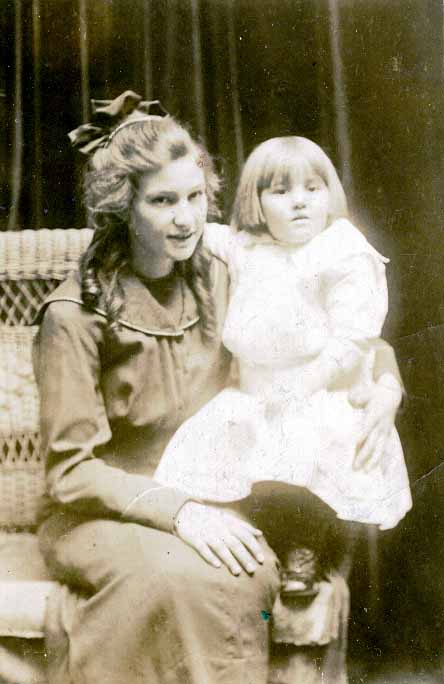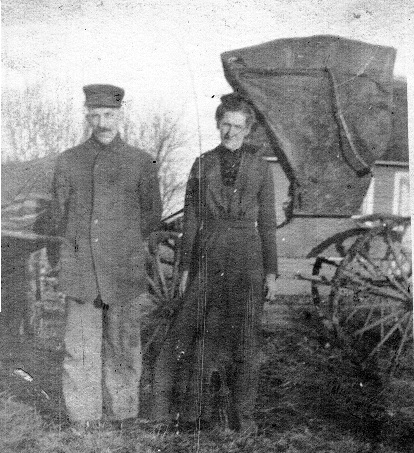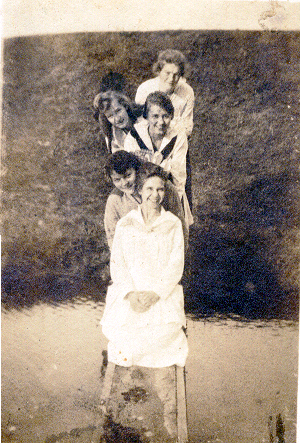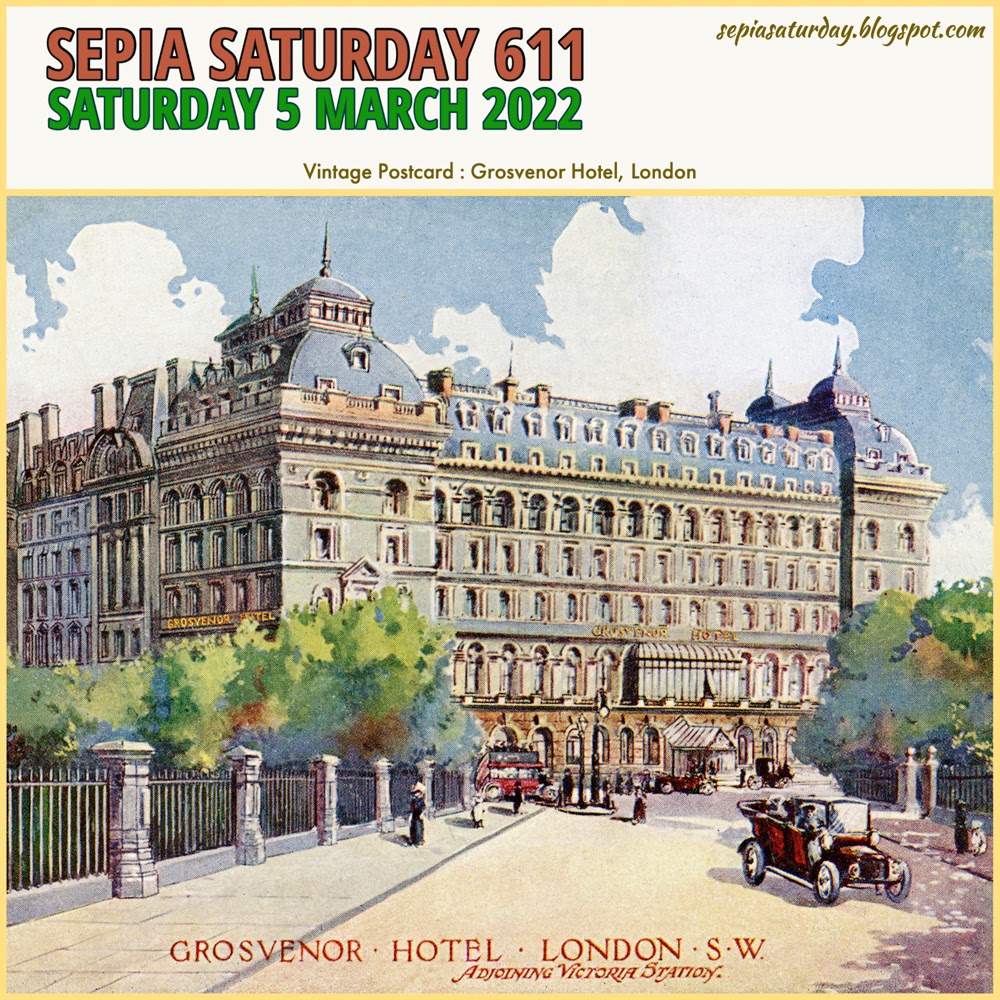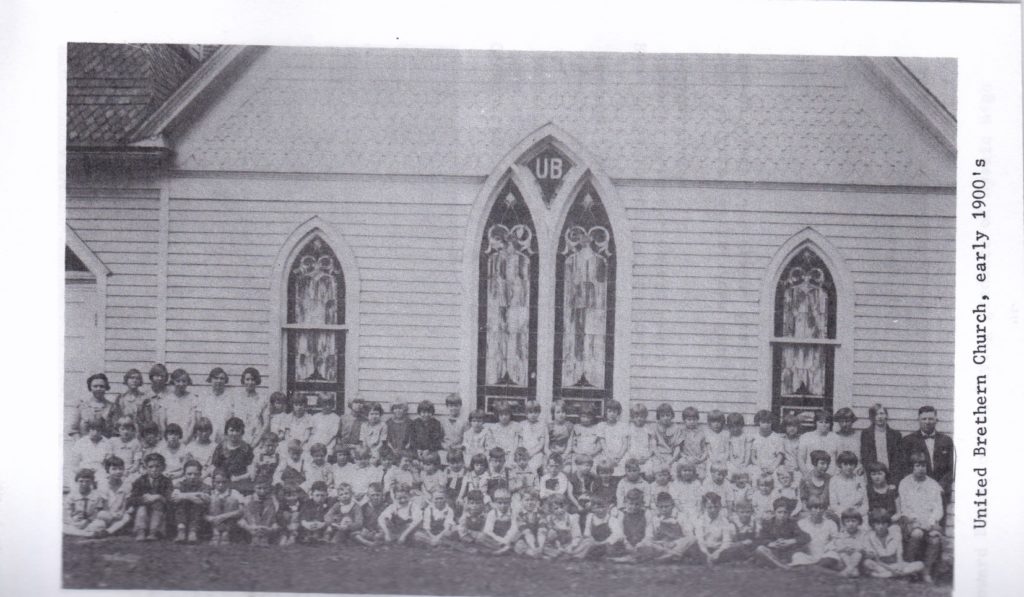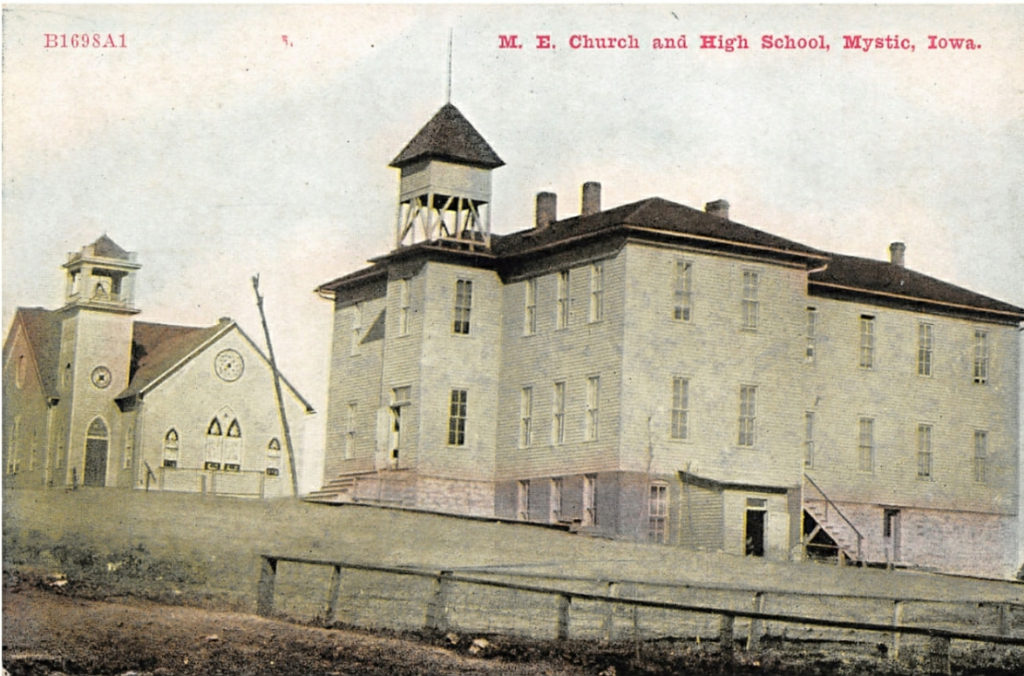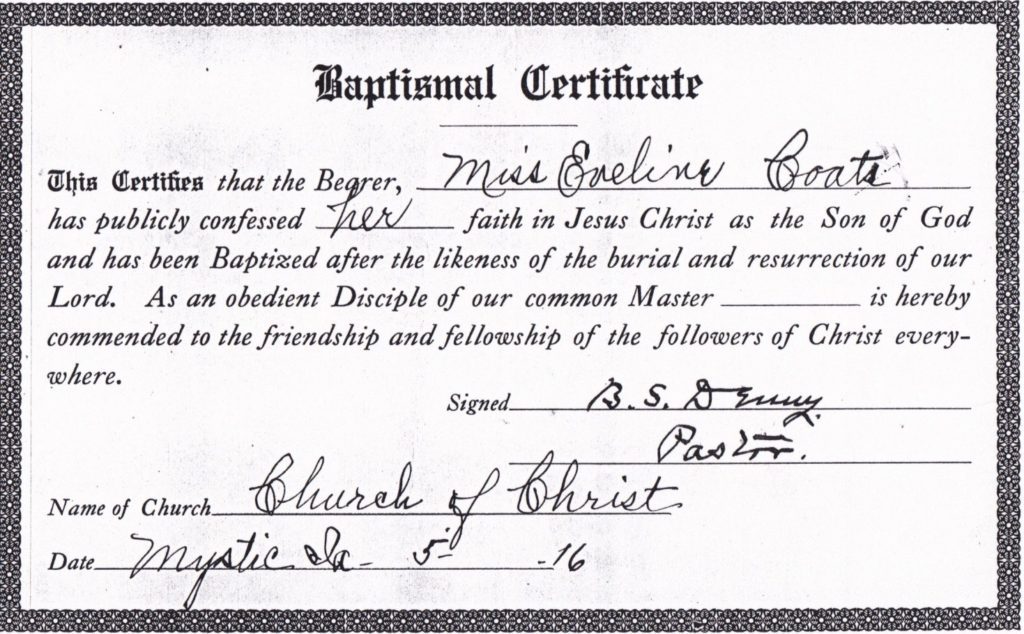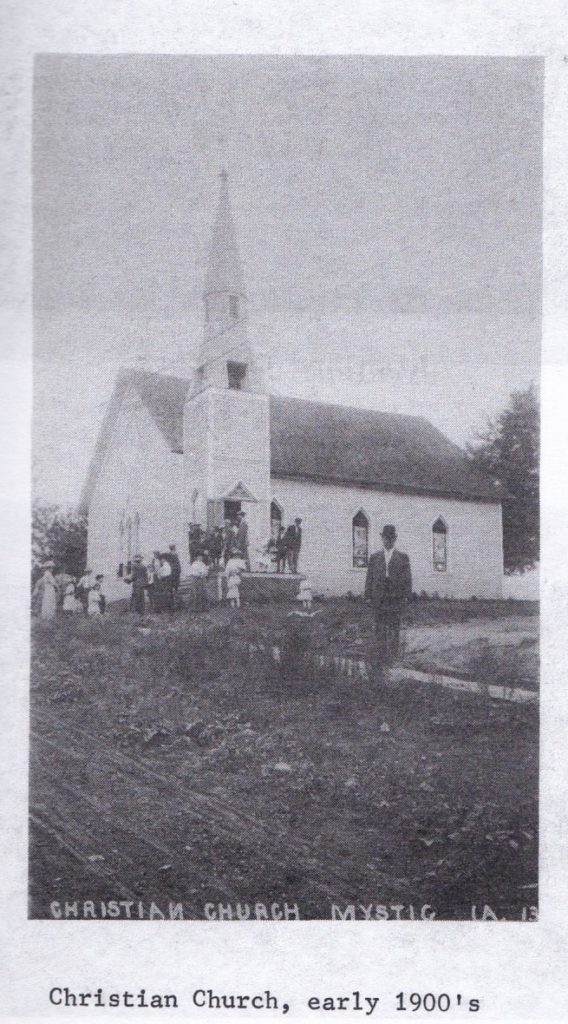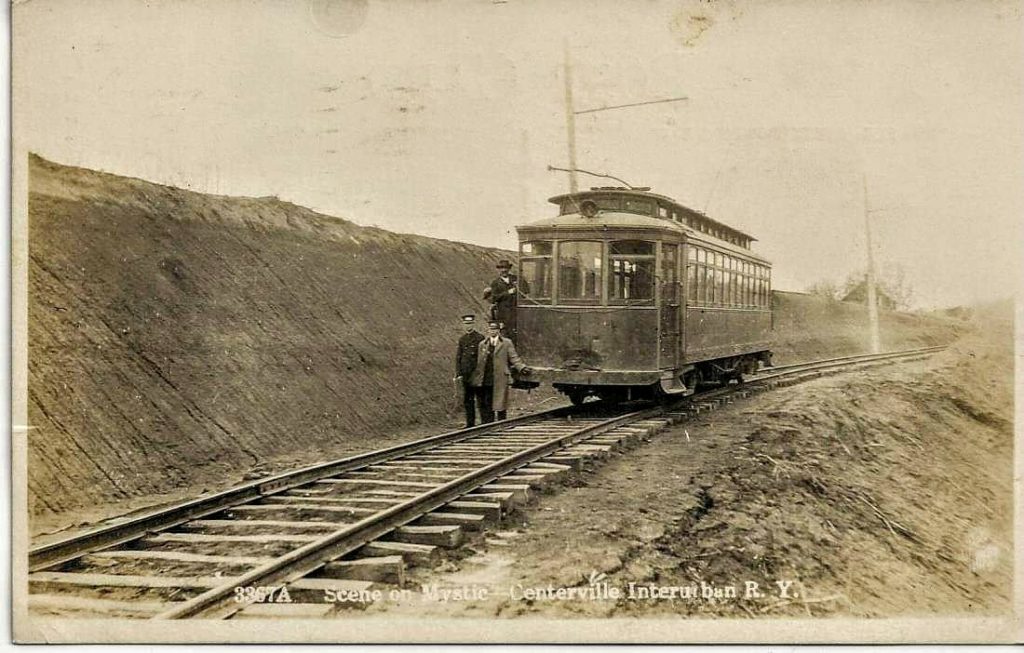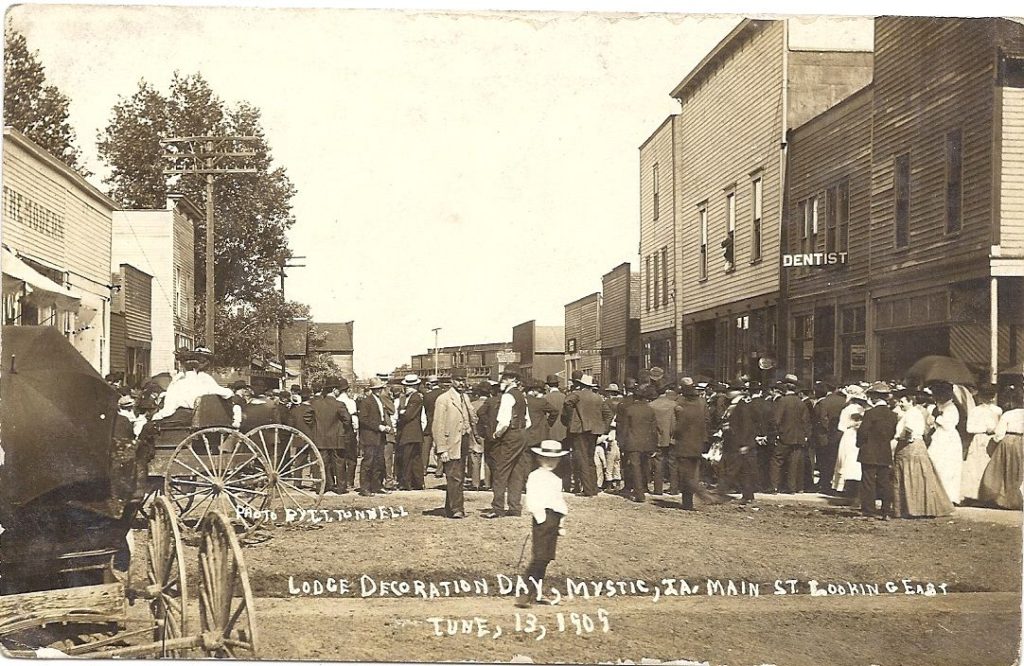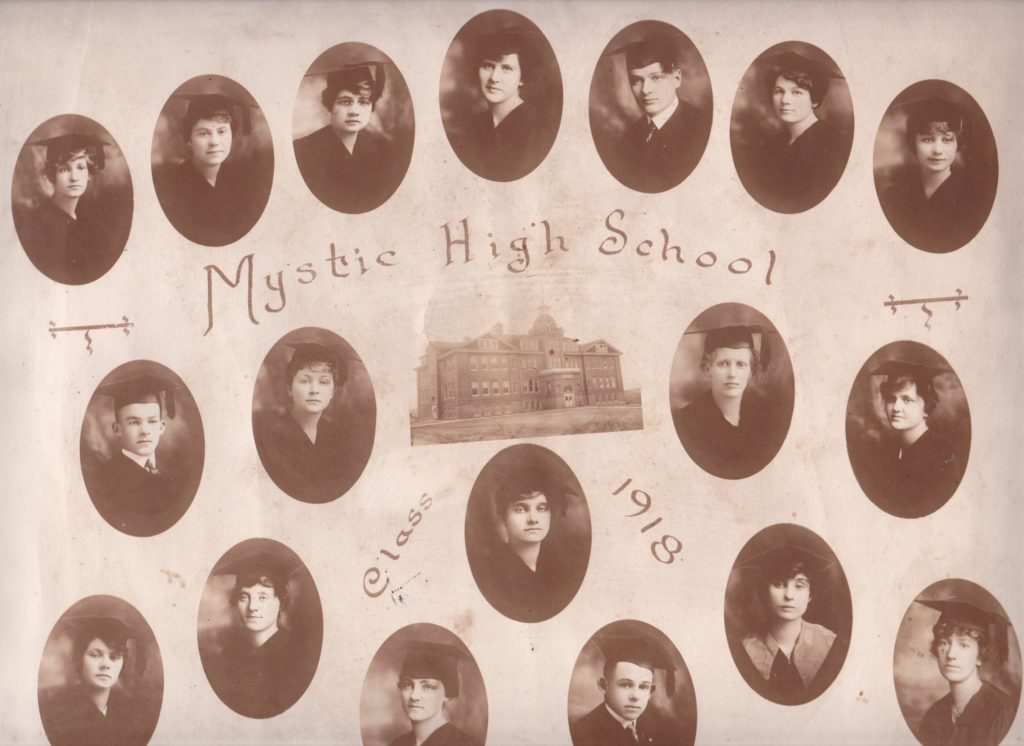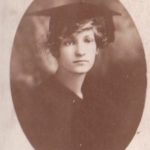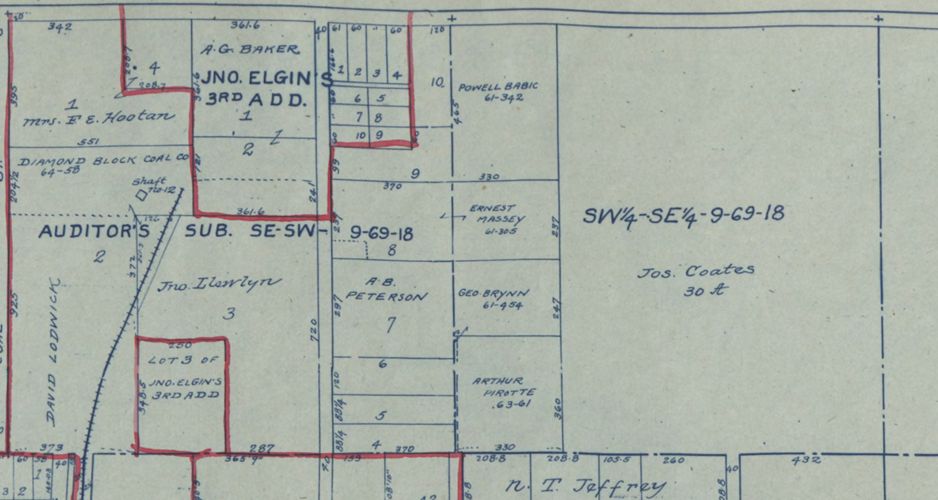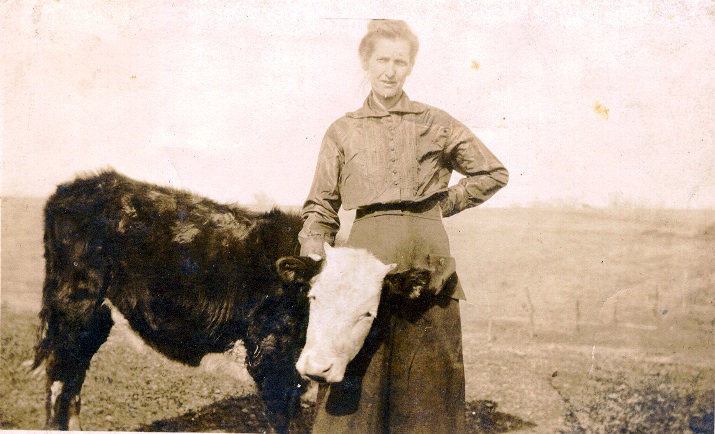I shared a photo of my grandmother Eveline Coates’ high school graduating class in Mystic, Iowa a few weeks ago. Along with the photo and her diploma, a couple of other mementos were saved. One is the program for the Junior-Senior Banquet in honor of the graduating Seniors. It was interesting to see how World War I seemed to be the overarching theme of the festivities. I decided to take a deeper look at what her life may have been like during the 1917-1918 school year. There was a lot going on, a war and the beginning of an influenza pandemic to name the two biggies. See:
Eveline’s Senior Year: Part 1
Eveline’s Senior Year: The Draft and a Carnival
Eveline’s Senior Year: A Look Around Town
Eveline’s Senior Year: Musical Notes
The prompt photo for Sepia Saturday this week features a heavily carved chair circa 1900.
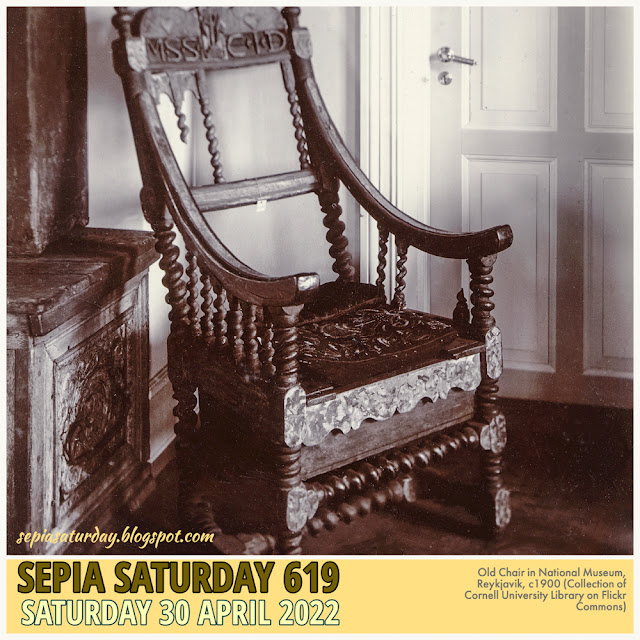
How to make a chair fit with the theme of Eveline’s senior year? I looked for photos that might have been taken inside her home. I didn’t find any, but there are a few photos of people sitting on chairs. There are also photos of people outside her home. They were taken not long before or after, if not during, Eveline’s 1917-1918 school year and provide another glimpse into her life during that time.
I’ll start with a photo of Eveline holding her youngest sister, Nellie. Eveline and Nellie both had February birthdays – Eveline born in 1901; Nellie born in 1912. Nellie would have been about six during Eveline’s senior year. She looks a little younger here, I think. I wonder if the photograph was to commemorate their February birthdays?
Below is Eveline’s brother Leonard (“Lindy”). He was born in March of 1910, so he would have been about eight during Eveline’s senior year. He might be a little younger in this photo, but close enough. The dog is tied to the handle of the wagon where Lindy sits, holding a long stick.
Eveline’s older brother, John, had his photo taken in uniform while sitting in a carved chair. John registered for the draft during the summer of 1917. This photograph was likely taken not long after Eveline’s graduation in 1918.
That’s the end of the photos of family members sitting circa 1917-18. So we will move outside. I have shared this photo of Eveline’s parent’s before. The backdrop of a painted house with white trim is consistent in other family photos. It must be the family home.
Eveline’s sister Marjorie was born in 1906, which would make her about twelve in 1918. I’m going to call this close enough. Her hat looks the same as the one Lindy wore in the earlier photo.
These are not all of Eveline’s siblings, just the ones I found photos of around this time in her life. It must have been a busy house with at least eight of the nine living siblings at home. As the oldest girl, it would fall to Eveline to help with the chores and the care of her younger siblings.
Eveline kept some photos of friends and neighbors.
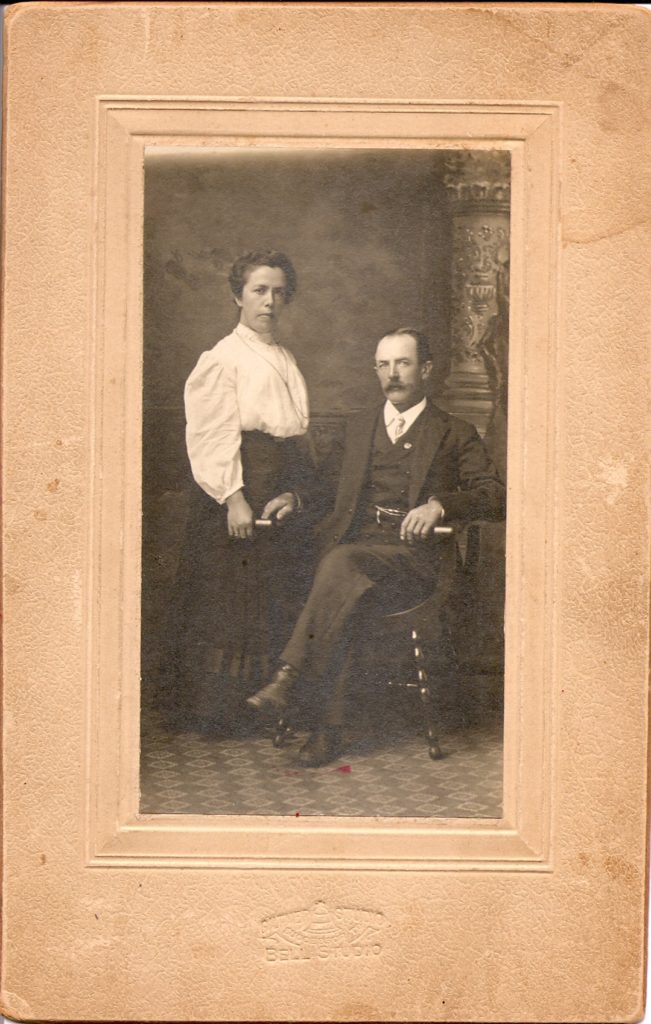
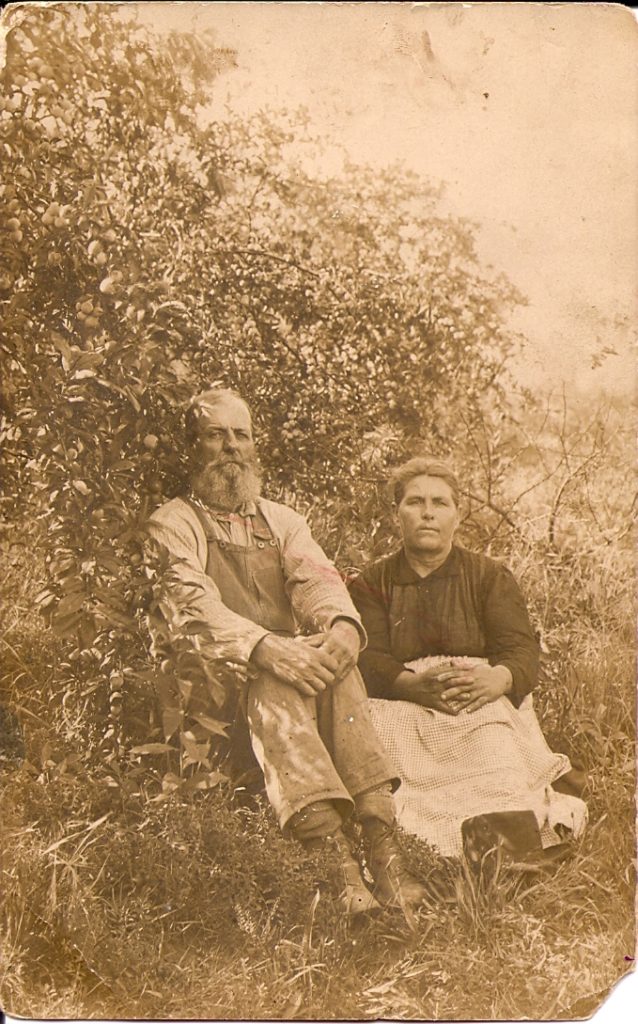
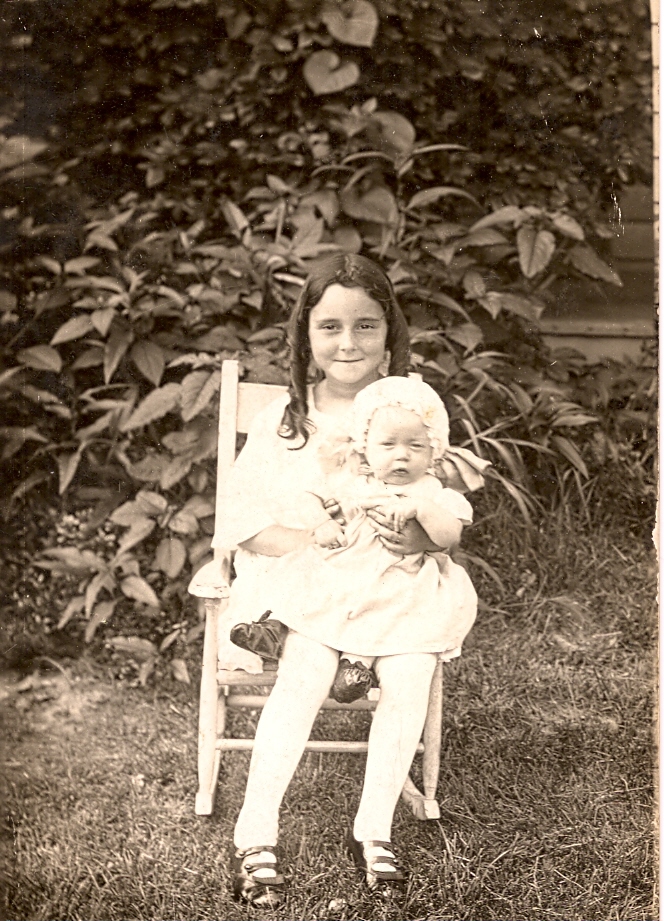
As I looked through old newspapers, names of other Mystic residents appeared repeatedly – motoring to Centerville or attending a club meeting or a party. Eveline’s family very rarely made mention. They never seemed to go anywhere with anyone. Until …
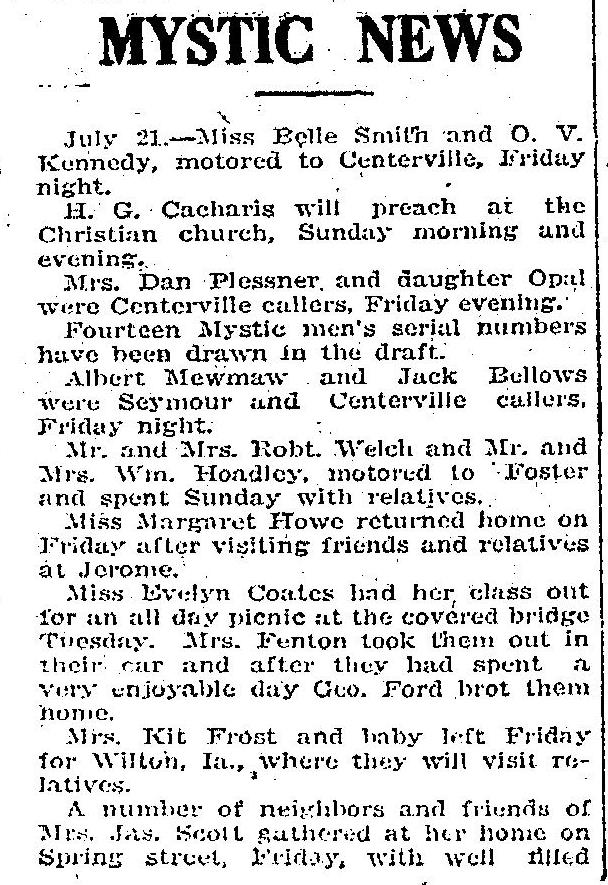
Eveline had a party! She hosted her class. At the covered bridge. In the middle of the week in July.
Finding this made me inexplicably happy.
Unfortunately, I have not seen any photo that records the events of the day or who was there. Although her graduating class was small, they would not all fit into one car. The names Fenton and Ford do not appear on a list of classmates, so the drivers of the cars must have been family friends who offered to drive those who did not live within walking distance. There is one photo of Eveline with some girlfriends.
I only know the identity of the two girls leaning left – Eveline and her friend and classmate Alice Tingle. I think you can tell which one is Eveline by her hair! All of the girls look like they could be incoming high school seniors and there is water, so it’s possible this photo goes with the newspaper reference to a party, but their long sleeved dresses make me wonder about it being July. Eveline and Alice attended normal school in the summer of 1918, so this photo could have been taken with friends there. In any case, they look like they are having fun – and at least one of them is sitting. On something.
This is my contribution to Sepia Saturday and my family history. Get comfortable in your chair and visit other Sepia Saturday bloggers here.

